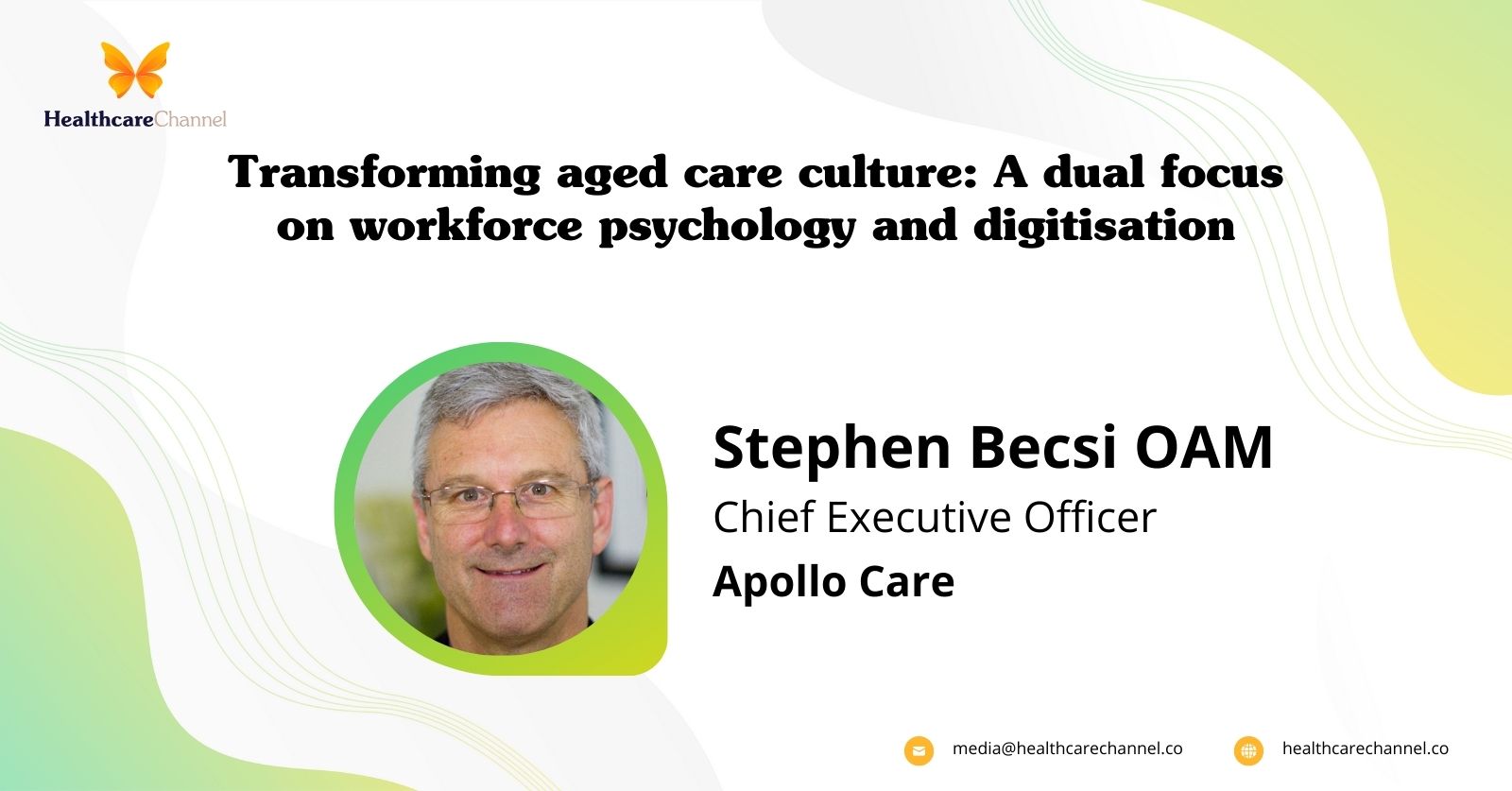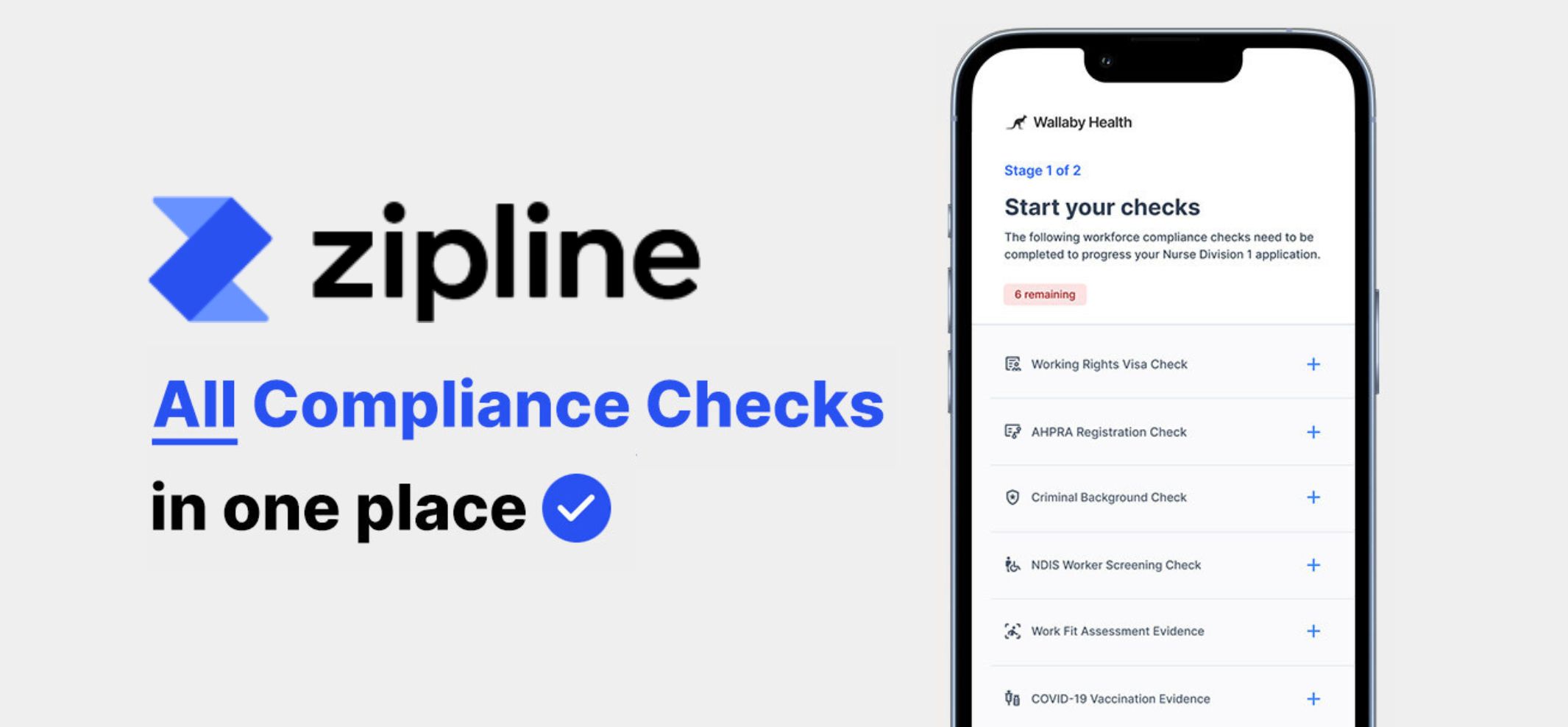Council on the Ageing (COTA) Victoria is calling on Victorian State Government to prioritise significant spending on mobility, transport and digital inclusion for older people in the upcoming May budget.
COTA Victoria’s six priorities featured in its pre-budget submission highlight the depth and breadth of the gaps in services older Victorians are experiencing including social wellbeing, expanding workforce opportunities, elder abuse, transport, digital inclusion and mobility – all fundamentals to live and age well, as well as to boost opportunities for older people to contribute to the community and economy.
According to Alexia Huxley, COTA Victoria’s Policy and Advocacy Manager, COTA Victoria is urging the government to focus on key programs and services which are currently missing or lagging for older Victorians.
“In our research, we discovered gaping holes in some fundamental services, in both metropolitan and regional centres,” Ms Huxley said.
“That is why COTA Victoria is imploring concerned older Victorians to reach out to their local MP and the relevant minister to highlight the importance of these issues.
“COTA Victoria discovered that during the pandemic, there was a significant decline in physical health and mobility for many older Victorians as they could not attend regular exercise programs. COTA Victoria wants more older Victorians to have access to free or low-cost appointments with an exercise physiologist, dentist and physiotherapist.”
Transport has also been a significant issue for older Victorians with many finding public transport not being suitable to their needs. COTA Victoria is urging the State Government to fund a thoroughly costed community transport program to deliver improved and consistent access to older Victorians and well as expanding the multipurpose taxi program to provide subsidised services to older people on low incomes who cannot drive.
Bendigo based COTA Victoria volunteer, Ruth Hosking OAM, 89, has experienced firsthand the challenges around transport in Bendigo.
“While my 97-year-old husband Bill can be transported comfortably in our own personal car, other older people in Bendigo, do not have the same luxury. For many older people, conventional taxis and public transport are too difficult to enter and exit, and they often require wheelchair taxis. The challenge with this mode of transport is you often must book well in advance as there are limited numbers in Bendigo.
“And we have also seen popular bus routes cancelled, leaving some older locals having to walk to another bus stop which is a considerable distance away – a challenge for some with mobility limitations. With almost half of people over the age of 65 having some form of disability or functional limitation, we must act now,” Ms Hosking said.
“There needs to be better access to door-to-door transport such as community transport and taxis to support older Victorians experiencing transport disadvantage so they can get to their medical and social appointments.”
Ruth says that five senior citizen centres have shut down in Bendigo simply due to lack of attendees but more needs to be done to attract older people to get out and about, staying active.
“If some older people can’t get to their destination because of inappropriate or lack of transport, they may end up staying home, lonely and isolated.”
COTA Victoria is also finding that older Victorians are trailing behind the ever-growing digital environment.
“For older Victorians who want to embrace the digital-only environment, education is vital. But at the same time, we need to provide equitable access to information and services for the 65 per cent of older Victorians who are digitally excluded.” Ms Huxley said.
“And it is finding that balance in supporting those who are interested in being digitally connected as well as acknowledging the barriers that older people may face that prevent them from doing so including affordability, lack of confidence, functional impairments, as well as language or cultural barriers.”
According to Ruth, technology has played a pivotal role for her in staying connected, especially during the pandemic, but there is a growing number of older people in Bendigo who are very hesitant in embracing technology and its benefits.
“My husband, Bill, who is quite deaf, has a special phone, described as a ‘video phone’ featuring a screen size that is similar to the size of a small computer. When not in use, its screen lists names of family and friends whom Bill can call by touching their name, including my mobile number when I am out,” Ruth says.
“For many older people in Bendigo, it is the loved ones who purchase the technology such as the tablets, which are being welcomed by the older person. They can then look things up on the internet, communicate with people and find out about what’s going on in their community. But it all comes down to having that digital confidence and the resources to teach and support willing participants to learn more about the technology. And for those who do not want to embrace the digital world, they can’t be forgotten. Telephone lines need to be maintained to allow older Victorians to get the information they need in a timely manner.”
Alexia says, “Another major issue is that older people are constantly being forced to rely on friends and family to access information and services online because there are no low-tech solutions available. We know that dependency is one of the key risk factors for elder abuse.
“There needs to be a significant investment in a range of well-coordinated services to facilitate digital inclusion and alternative access to information for older Victorians including ongoing funding for a dedicated telephone line that provides information, support and referrals for older Victorians and to enable local libraries and neighbourhood centres to facilitate access to information and online services.
According to COTA Victoria CEO, Tina Hogarth-Clarke, older Victorians continue face a myriad of challenges which were especially highlighted during the COVID lockdowns.
“More than one in five Victorians are over the age of sixty, with the 85+ age category as the fastest growing age group in Australia1. To live and age well, including older Victorians who are an invaluable support to their communities like Ruth Hosking, we must have ample funds to provide sound and robust services.”
Original content from COTA Victoria. Note: Content has been edited for style and length.
Nina Alvarez is a Content Producer for Healthcare Channel. Her interests include writing, particularly about the healthcare sector and the many ways it can improve to further benefit people from all walks of life.






























